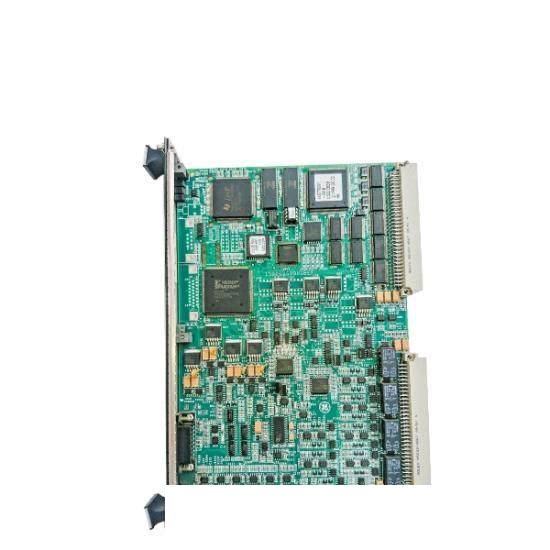The GE Fanuc IS200VCMIH2B Mark VI Circuit Board is a high-performance control module designed for seamless integration into industrial automation systems, ensuring optimal process control and reliability.
The GE Fanuc IS200VCMIH2B Mark VI Circuit Board is a high-performance control module designed for seamless integration into industrial automation systems, ensuring optimal process control and reliability.
 WhatsApp
WhatsApp
Model Number:IS200VCMIH2B
Brand:GE Fanuc
Series:Mark VI
Module Category:Circuit Board
Application Type:High-precision control systems
Communication Protocol Support:Modbus, Ethernet
Operating Temperature Range:-10°C to 55°C
Storage Temperature Range:-20°C to 70°C
Operating Humidity Range:5% to 95% non-condensing
Power Supply Voltage:AC 230V, DC 24V
Dimensions (WxHxD):17.8cm x 15.2cm x 2.5cm
Weight:0.3kg
The GE Fanuc IS200VCMIH2B Mark VI Circuit Board is meticulously designed to meet the stringent demands of industrial automation environments. Its compact size and lightweight construction ensure seamless integration into various control systems without compromising on performance.
Equipped with state-of-the-art technology, this circuit board offers superior reliability and efficiency. It features robust power management and enhanced communication capabilities, enabling smooth data transfer and system coordination.
Manufactured using high-grade materials, the IS200VCMIH2B ensures durability and longevity, making it a reliable choice for continuous operation in demanding industrial settings. The circuit board supports a wide operating temperature range, ensuring it can withstand harsh environmental conditions.
This circuit board is compatible with a broad spectrum of GE Fanuc PLC systems, allowing for versatile application across multiple industries. Its compatibility with industry-standard communication protocols facilitates easy integration and expansion.
With its comprehensive set of specifications and adherence to international safety standards, the GE Fanuc IS200VCMIH2B is the ideal solution for optimizing control systems in modern industrial plants. It empowers users to achieve higher productivity, efficiency, and reliability in their automation processes.
